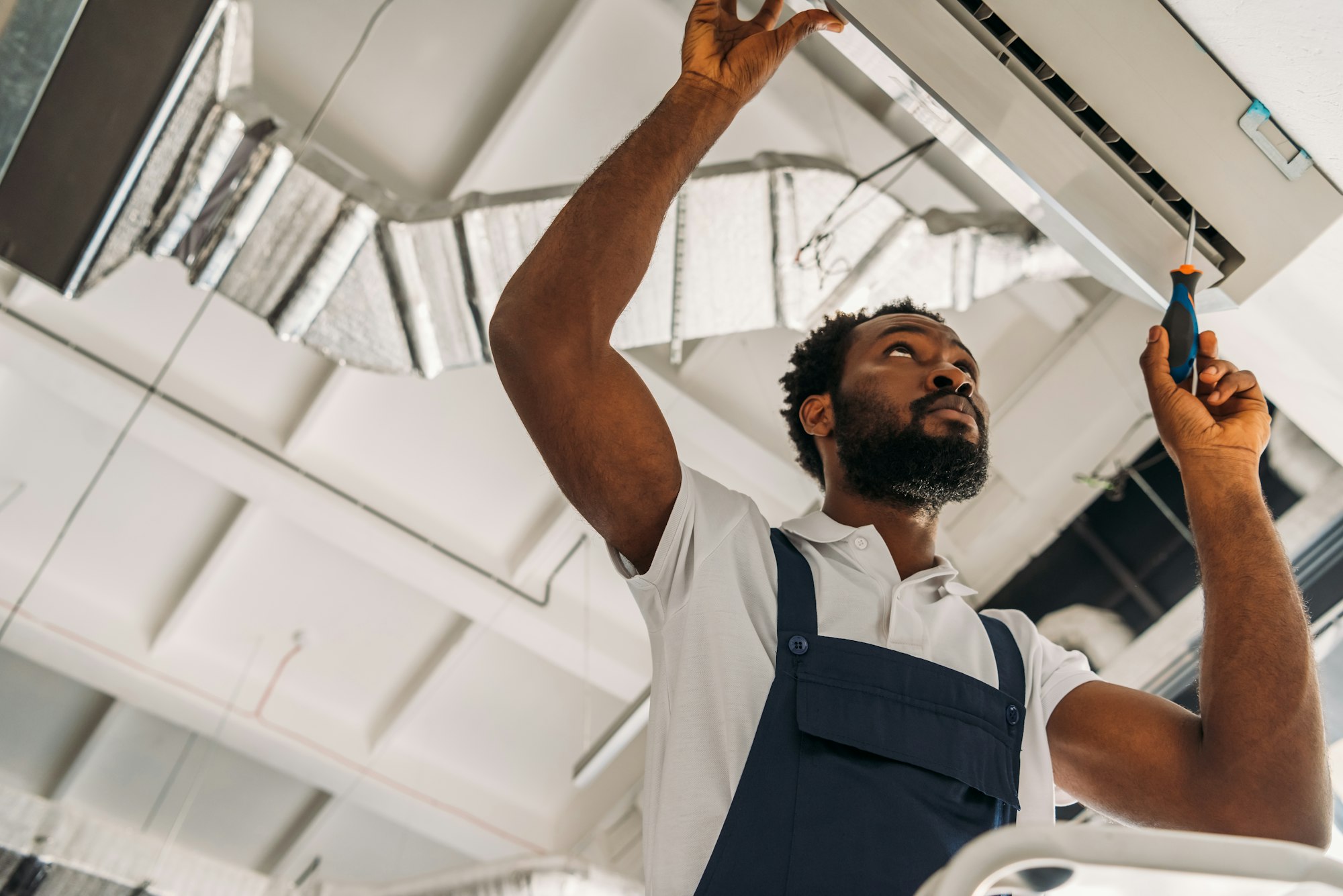It’s sad to say, each year, in Canada, more than 50 people die from carbon monoxide poisoning. In addition, hundreds more are hospitalized and may end up permanently disabled. There is no question that carbon monoxide poisoning is a serious issue, especially since almost 90% of Canadian homes have at least one thing that can pose the threat of CO2 poisoning.
The biggest danger about carbon monoxide is that it can’t be detected until damage has been done. It is a gas that is odourless, colourless, and tasteless and enters your body through normal respiration, replacing oxygen and preventing it from reaching vital areas of your body.
For these reasons, carbon monoxide detectors are mandatory and should be tested and maintained properly to ensure everyone in your home remains safe.
WHAT CAUSES CO2?
CO2 is a by-product of the incomplete combustion of a variety of fuel sources and can occur in any device or piece of equipment that relies on burning a type of fuel for heat or energy.
The most common fuels that produce CO2 include natural gas, heating oil, kerosene, propane, wood, gasoline, coal, and charcoal. The most common fuel burning devices and appliance in and around the house include your home furnace, wood stoves, space heaters, automobiles, kitchen stoves, water heaters, gas or charcoal barbecues, lawnmowers, and fireplaces.
HEALTH SYMPTOMS TO NOTICE
If you are exposed to CO2, you can experience a range of symptoms. Some of the most common include dizziness, nausea, headaches, drowsiness, confusion, and burning eyes. In high concentrations, it can poison you quickly and lead to unconsciousness, brain damage, or death. That is why so many people who die from CO2 exposure are sleeping when it happens. If you experience any of these symptoms and suspect carbon monoxide, move outside to clean air right away and call for help.
HOW CO2 DETECTORS WORK?
CO2 detectors are crucial for your home safety, monitoring airborne concentration levels of carbon monoxide in parts per million. The alarms are designed to sense higher levels over shorter timeframes and lower concentrations over longer timeframes, sounding an alarm when harmful levels are detected. CO2 detectors emit a different sound than standard smoke alarms, and it’s a good idea to educate everyone in your home on the difference between the two, so they always know.
CO2 DETECTOR TESTING PROCEDURE AND FREQUENCY
Your carbon monoxide detector should be tested at least once per year or after the battery has been replaced. In rental places, it is the landlord’s responsibility to test the CO2 alarm, but as a tenant, you can also check it to make sure it is working the way it should.
Every carbon monoxide detector will have a test feature on it, and there will be detailed instructions in the manual provided by the manufacturer. Make sure to read through them and find out how to activate the test feature before assuming everything is fine.
Home safety is a serious topic for any homeowner, and having a functioning CO2 detector plays a considerable role in your ultimate peace of mind. If you have any questions about how to test your carbon monoxide detector or any other HVAC-related questions, contact us at RHMH Heating & Air Conditioning today.

